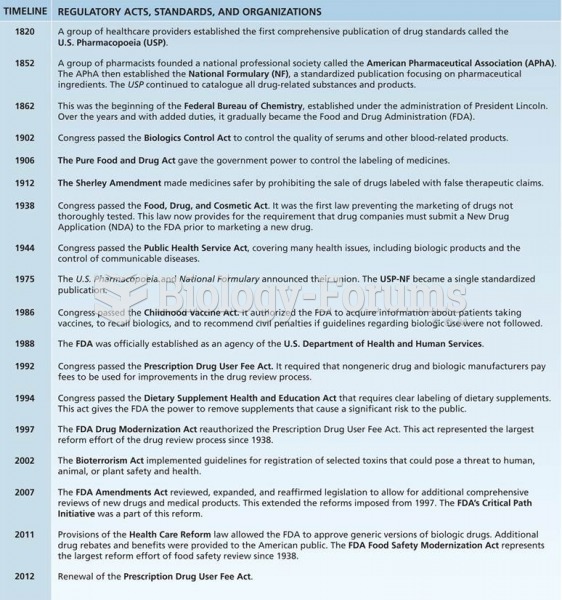This topic contains a solution. Click here to go to the answer
|
|
|
Did you know?
According to research, pregnant women tend to eat more if carrying a baby boy. Male fetuses may secrete a chemical that stimulates their mothers to step up her energy intake.
Did you know?
In most climates, 8 to 10 glasses of water per day is recommended for adults. The best indicator for adequate fluid intake is frequent, clear urination.
Did you know?
On average, the stomach produces 2 L of hydrochloric acid per day.
Did you know?
In 1844, Charles Goodyear obtained the first patent for a rubber condom.
Did you know?
Your heart beats over 36 million times a year.







